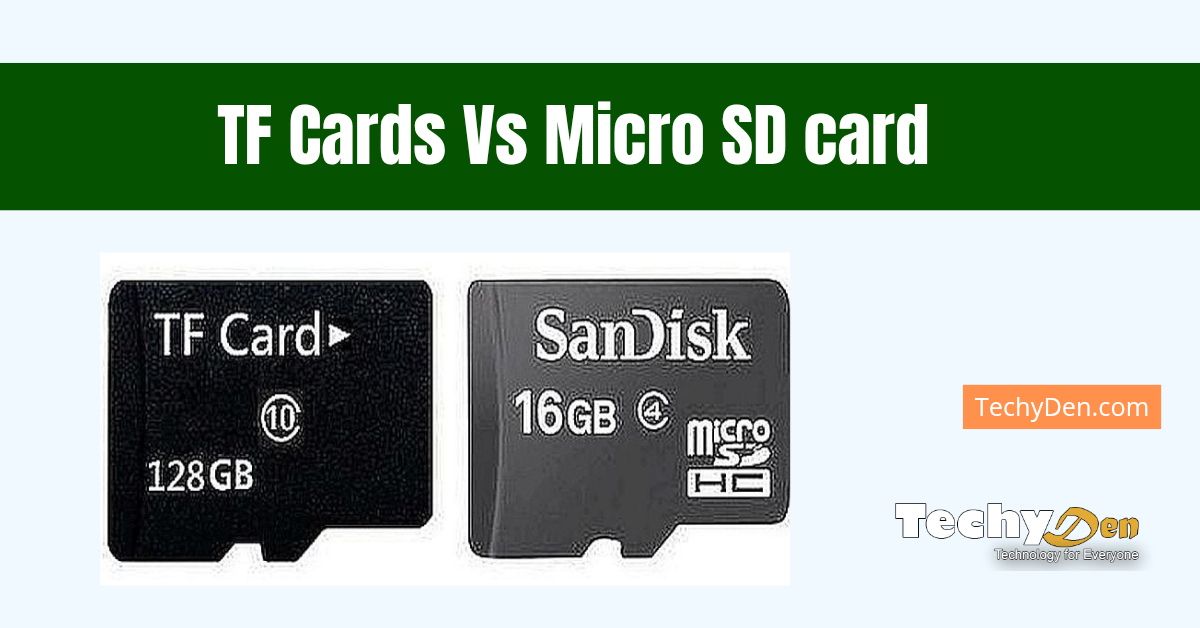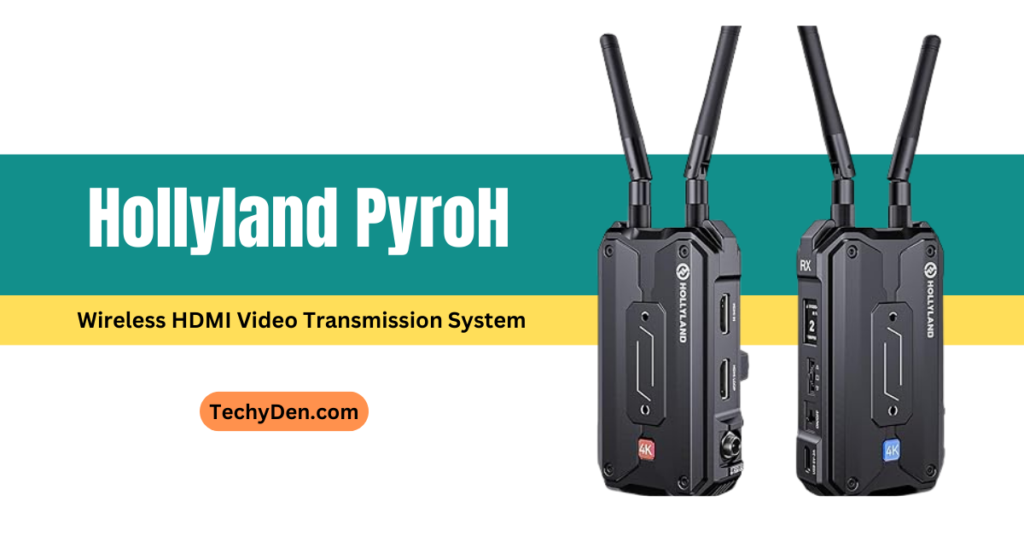Small memory cards have become indispensable for various devices. These include smartphones, cameras, drones, and gaming consoles. Among the most popular types of memory cards are TF cards and microSD cards.
While these terms are often used interchangeably, they are not exactly the same. This article will explore what a TF card is. It will also examine how it differs from a microSD card.
Additionally, it will discuss their respective uses, advantages, and limitations.
What Is a TF Card?
A TF card, short for TransFlash card, is a type of removable flash memory card developed by SanDisk in 2004. It was designed to provide a compact and efficient storage solution for portable devices.
The TF card was later adopted and standardized by the SD Association (SDA) under the name microSD card. Despite this, the term “TF card” is still used in some regions and contexts, leading to confusion among consumers.
Key Features of a TF Card
- Compact Size: TF cards are extremely small. They measure just 15mm x 11mm x 1mm. This makes them ideal for devices with limited space.
- High Storage Capacity: Modern TF cards can store up to 1TB of data, although lower capacities (e.g., 32GB, 64GB, 128GB) are more common.
- Durability: TF cards are resistant to shock, water, and extreme temperatures, making them suitable for use in harsh environments.
- Versatility: They are compatible with a wide range of devices, including smartphones, tablets, cameras, and drones.
What Is a microSD Card?
A microSD card is the successor to the TF card and is now the industry standard for small-form-factor memory cards. After the SD Association standardized the TF card, it was rebranded as the microSD card. The microSD card retains the same physical dimensions as the TF card but comes with additional features and improvements.
Key Features of a microSD Card
- Standardization: microSD cards adhere to strict standards set by the SD Association, ensuring compatibility and performance consistency.
- Speed Classes: microSD cards are classified into speed classes (e.g., Class 10, UHS-I, UHS-II, V30, V60, V90) that indicate their minimum write speeds, making them suitable for tasks like 4K video recording.
- Expandable Storage: microSD cards are widely used to expand the storage capacity of smartphones, tablets, and other devices.
- Adaptability: microSD cards often come with an SD adapter. This allows them to be used in devices that support full-sized SD cards.
TF Card vs. microSD Card: Key Differences

While TF cards and microSD cards share many similarities, there are some notable differences between the two. Understanding these differences can help you choose the right memory card for your needs.
1. Terminology and History
- TF Card: The original name for the memory card developed by SanDisk. It was later rebranded as the microSD card.
- microSD Card: The standardized version of the TF card, recognized and regulated by the SD Association.
2. Compatibility
- TF Card: TF cards are physically identical to microSD cards. However, they may not always meet the performance standards required by modern devices.
- microSD Card: Fully compliant with SD Association standards, ensuring broad compatibility with a wide range of devices.
3. Performance
- TF Card: Early TF cards had limited storage capacities and slower data transfer speeds compared to modern microSD cards.
- microSD Card: Offers higher storage capacities, up to 1TB. It provides faster data transfer speeds. There are various speed classes to suit different applications.
4. Usage
- TF Card: Primarily used in older devices or in regions where the term “TF card” is still prevalent.
- microSD Card: Widely used in modern devices, including smartphones, action cameras, drones, and gaming consoles.
5. Branding and Marketing
- TF Card: The term “TF card” is less common today. Most manufacturers and retailers now refer to these cards as microSD cards.
- microSD Card: The dominant term in the market, used by major brands like SanDisk, Samsung, and Kingston.
Advantages of TF Cards and microSD Cards
Both TF cards and microSD cards offer several benefits, making them popular choices for portable storage.
Advantages of TF Cards
- Compact Design: Their small size makes them ideal for use in compact devices.
- Affordability: TF cards are often more affordable than other types of memory cards.
- Durability: They are built to withstand harsh conditions, including exposure to water, dust, and extreme temperatures.
Advantages of microSD Cards
- High Performance: With advanced speed classes, microSD cards provide high storage capacities. They are suitable for demanding tasks like 4K video recording and high-resolution photography.
- Wide Compatibility: microSD cards are compatible with a vast range of devices, from smartphones to gaming consoles.
- Expandable Storage: They provide an easy and cost-effective way to expand the storage capacity of devices.
Limitations of TF Cards and microSD Cards
Despite their many advantages, both TF cards and microSD cards have some limitations.
Limitations of TF Cards
- Outdated Technology: TF cards are based on older technology and may not meet the performance requirements of modern devices.
- Limited Availability: TF cards are less commonly available compared to microSD cards.
Limitations of microSD Cards
- Fragility: Despite their durability, microSD cards can be easily lost or damaged due to their small size.
- Performance Variability: Not all microSD cards offer the same level of performance, and lower-quality cards may have slower read/write speeds.
How to Choose Between a TF Card and a microSD Card
When deciding between a TF card and a microSD card, consider the following factors:
1. Device Compatibility
- Check your device’s specifications to determine which type of memory card it supports. Most modern devices are designed for microSD cards.
2. Storage Needs
- Determine how much storage capacity you need. For basic tasks like storing photos and music, a lower-capacity card may suffice. For tasks like 4K video recording, opt for a high-capacity, high-speed microSD card.
3. Performance Requirements
- If you need fast data transfer speeds, choose a microSD card with a high speed class (e.g., UHS-II or V90).
4. Budget
- While TF cards are generally more affordable, microSD cards offer better performance and compatibility, making them a worthwhile investment.
Common Uses of TF Cards and microSD Cards
Both TF cards and microSD cards are used in a variety of applications, including:
1. Smartphones and Tablets
- Expand the storage capacity of your device to store more apps, photos, videos, and music.
2. Cameras and Drones
- Capture high-resolution photos and videos without worrying about running out of storage space.
3. Gaming Consoles
- Store games, save files, and downloadable content on devices like the Nintendo Switch.
4. Music Players
- Use a TF card or microSD card to store your music library on portable MP3 players.
5. Industrial and Automotive Applications
- TF cards and microSD cards are used in GPS devices, dash cams, and other industrial equipment.
Future of TF Cards and microSD Cards
As technology continues to evolve, the demand for compact, high-capacity storage solutions is expected to grow. The term “TF card” is gradually fading into obscurity. However, microSD cards are likely to remain a staple in the world of portable storage. Future advancements may include even higher storage capacities, faster data transfer speeds, and improved durability.
Conclusion
In summary, a TF card and a microSD card are essentially the same in terms of physical design. However, they differ in terms of standardization, performance, and compatibility. The TF card was the precursor to the microSD card, which has since become the industry standard for portable storage. When choosing between the two, it’s important to consider your device’s compatibility, storage needs, and performance requirements. You can choose between a TF card and a microSD card. Both provide a convenient way to expand storage capacity. They are reliable options for your devices.
By understanding the differences and similarities between TF cards and microSD cards, you can make an informed decision. This ensures that your portable storage needs are met effectively.





